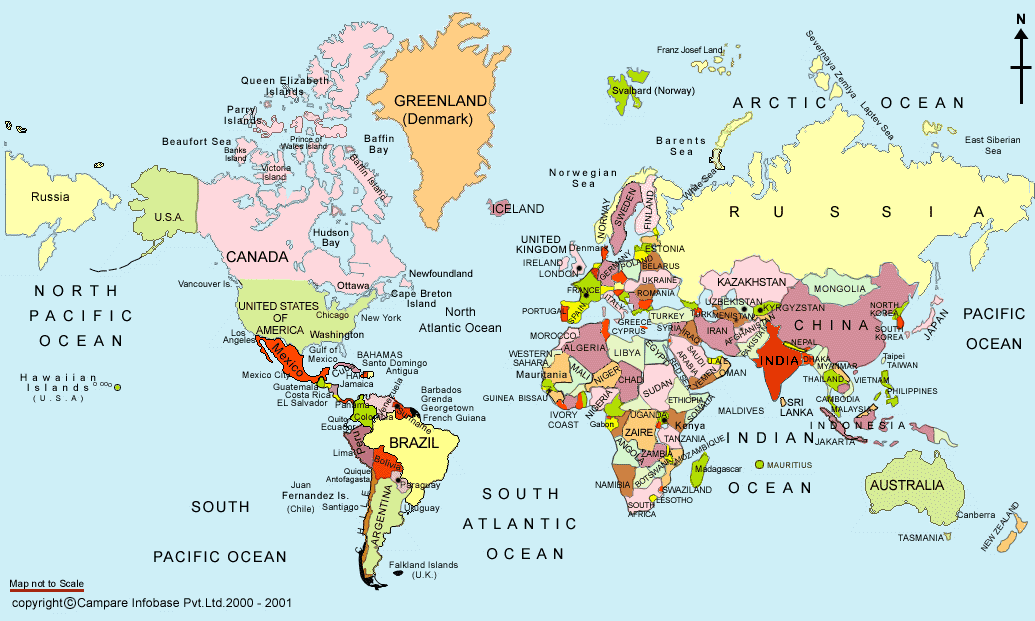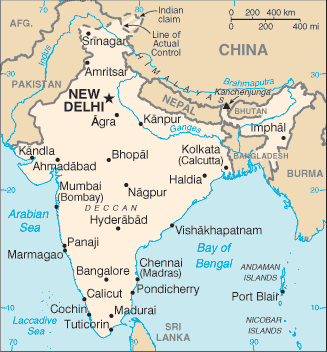THE EXPEDITION:
Who is on the team:
|
1. Dr. Timothy Young (Physics department @ University of North
Dakota, Grand Forks, ND, USA).
|
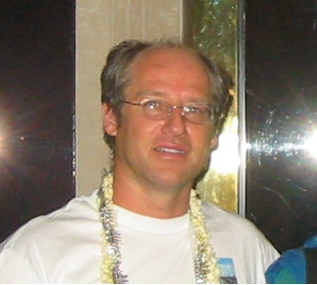
|
|
2. Dr. Ronald Marsh (Computer Science department @ University of North
Dakota, Grand Forks, ND, USA).
|
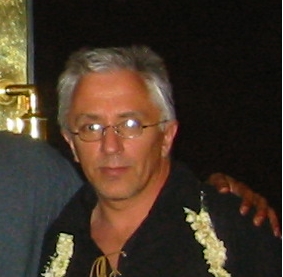
|
|
3. Vishnu Reddy (Space Studies department @ University of
North Dakota, Grand Forks, ND, USA).
|

|
|
4. Dr. Timothy Lawlor (Physics department @ Pennsylvania State University
- Wilkes-Barre Campus, Lehman, PA, USA).
|
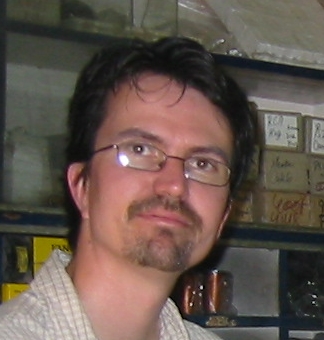
|
|
5. Richard Hanrahan, Second Secretary and Vice Consul for the U.S.
Embassy in Delhi, Richard was our host for the project - many thanks,
Richard for your help.
|

|
Where we are going:
Equipment we are taking:
Telescopes:
-
One Meade LX200 12" reflector.
-
One Celestron Nexstar 8" reflector.
-
One Celestron Nexstar 8" reflector.
-
One TeleVue Ranger 40 mm refractor with a Coronado H-alpha filter.
-
One Meade LXD55 (127ED) 5" refractor.
-
One Celestron 80mm refractor.
-
One Meade Starfinder 6 inch reflector.
Cameras:
-
One SBIG ST-2000XM CCD camera.
-
One SBIG ST-9XE CCD camera.
-
One JVC GR-DV500u video camcorder.
-
One Philips ToUcam Pro II webcam.
-
One Fuji Finepix s5000 CCD camera.
-
One antique glass plate camera.
Computers:
-
Two Compaq Armada laptops.
-
Two IBM Thinkpad laptops.
-
One Sony Vaio laptop.
Miscellaneous:
-
Two Western Digital 120 GB USB removable hard drives.
-
One Plextor USB removable DVD burner.
-
One Garmin GPS receiver.
-
One BlackBoxCamera GPS OSD time insertion unit.
-
One UPS (uninterruptible power supply). While most of the equipment will
operate on US line voltage (120VAC 60hz) or European line voltage (240VAC
50hz), we require this unit to stabilize the poor quality of the line
voltage in India.
-
One step-down inverter (240VAC 50hz to 12VDC) and one step-up inverter
(12VDC to 120VAC 60hz). Since some of the equipment is not compatible with
50hz, we will use the step-down/step-up inverter combination to convert
the 240VAC 50hz to 120VAC 60hz.
-
Several European to US outlet adapters
-
Three outlet strips
-
Miscellaneous power supplies for laptops and cameras.
HISTORY:
1520: Although there are no historical records that suggest anyone
observed the Venus transit prior to 1639, there is some speculation
that Montezuma may have spotted the transit in 1520 while studying
the Sun for portends. The speculation exists because of the
particular fascination the Mayan civilization had with Venus
because it was associated with their chief god Quetzalcoatl and one
of his incarnations, Kulkulkan.
1631: While Galileo Galilee was the first human to actually see
Venus (in 1610) as more than just a bright point of light in the sky,
Johannes Kepler was shaking up the world by his meticulous use of
astronomical data assembled by Tycho Brahe. What Kepler discovered
was that Venus would pass in front of the Sun on December 6th 1631, but
the transit was not visible from Europe at all. There are no known
observations.
1639: The first astronomers to use telescopes to observe the transit of
Venus were Jeremiah Horrocks (1618-41) and William Crabtree
(1610-44) in 1639. They only spotted the trasnit because Horrocks had
mathematically predicted this transit using better data than Kepler had
used.
1761: The first astronomer to publish the importance of observing the
transits of Mercury and Venus for the accurate determination of the
Sun-Earth distance was Edmund Halley (1656-1742). While the Sun-Earth
distance did get refined during the transits of 1761, 1769, 1874 and 1882,
transit measurements turned out to be harder to perfect than scientists
had anticipated. But the focus on Venus at this crucial moment led to
another, even more exciting discovery.
Prior to the 1761 transit, no one had thought that other planets might
have atmospheres. They were thought to be merely balls of rock. One of the
first things that Russian astronomer Mikhail Lomonosov (1711-1765)
noticed about the 1761 transit was that the black disk of Venus appeared
as though surrounded by a halo of light. He recognized that only a body
surrounded by a diffusing atmosphere could cause such a display.
1769: Astronomers traveled to remote parts of the world to observe the
transits of Venus in 1761 and 1769. To observe the transit of 1769, Captain James Cook sailed from England to Tahiti. He
discovered Hawaii and a few other places along the way!
Benjamin Franklin published an article in the prestigious journal
of the Royal Society of London presenting the 1769 Venus transit
observations of Messrs, Biddle and Bayley. Largely through his
careful measurements and scientific reputation, the international
community came to recognize America as a fledgling scientific partner.
Later, Congress supported and funded the study of the 1874 and 1882
transits, as the political importance of a vibrant, domestic scientific
capacity became increasingly valued.
1874: Hundreds of photographs were taken of the 1874 transit and this was
the first use of the photographic technology for astronomy. Few
photographic plates turned out to be scientifically useful, and only a few
were actually preserved for us to look at today. Eight American
expeditions were organized by the Transit of Venus Commission, with
astronomer Simon Newcomb as Secretary. The U. S. Congress set aside
funds totaling an astounding $177,000 for the expeditions and over $1
million was expended internationally.
In India, at Muddapur, an Italian expedition, made spectroscopic
measurements confirming Lomonosov's theory on the existence of an
atmosphere on Venus. Additionally, three Indian Astronomers Samanta
Chandrasekhar, Chintamani Raghunathachary and Ankitam
Venkata Narsinga Rao, are also associated with the observations of the
1874 transit of Venus.
1882: Transit observations were now firmly entrenched in world culture and
many took the opportunity to view this one.
Harper's Weekly ran a cover on April 28, 1883 that showed a group of
children standing outside a cabin in Appalachia with one holding a piece
of smoked glass and watching the Venus transit.
Lick Observatory astronomer David Peck Todd photographed the Venus
transit and Todd's 147 surviving photos have been turned into a movie.
Click
here
to download the video.
American astronomer William Harkness wrote in 1882 "We are
now on the eve of the second transit of a pair, after which there will be
no other till the Twenty-First century of our era has dawned upon the
earth, and the June flowers are blooming in 2004.... What will be the
state of science when the next transit season arrives God only
knows."
John Philip Sousa was very interested in the 1882 transit of Venus
and in 1882-1883 he wrote his 'Venus Transit March'. However, he didn't
write it specifically to commemorate the transit, but to honor the great
American physicist Professor Joseph Henry who had died on May 13, 1878.
Click
here
to read more.
Click
here
to hear Sousa's march.
When John Phillip Souza was not composing his famous legacy of marches he
was a writer who penned a short story in 1920 "The Transit of Venus". It
was an imaginative story of a group of women-haters who embarked on a
voyage to South Africa to photograph the 1882 Venus Transit. Their goal
was to have an adventure and to get away from women for a few weeks.
Links to historical sites:
The
Transit of Venus organization's history site.
1882 Observations from Wellington, South Africa from
Willie Koorts's web site.










